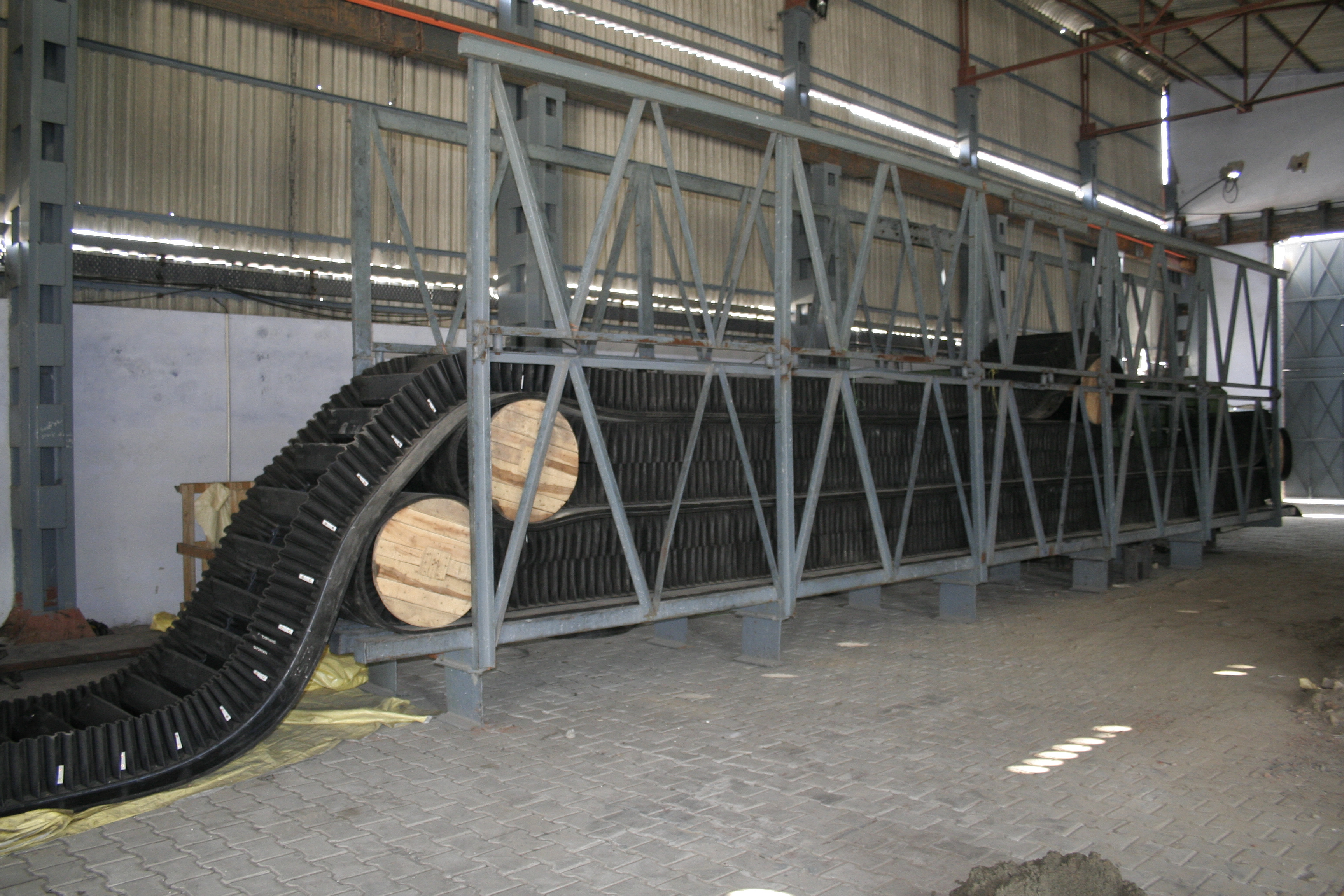
Image Source: Google
Conveyor belts are a crucial component in many industries, responsible for transporting materials efficiently and effectively. Steel breaker conveyor belts are specifically designed to handle the toughest materials and environments, offering unmatched strength and durability. Refer Link: https://www.monsterbelting.com/steel-breaker-conveyor-belts/
Features of Steel Breaker Conveyor Belts
Steel breaker conveyor belts are engineered with specific features that set them apart from traditional conveyor belts. Here are some key features to look out for:
1. Steel Cord Reinforcement
- Steel breaker conveyor belts are reinforced with steel cords running the length of the belt.
- This reinforcement provides superior strength and resistance to impact and tearing.
2. Breaker Ply
- Breaker ply is an additional layer of fabric or steel cords embedded between the cover and the carcass of the belt.
- This layer enhances the belt's resistance to punctures and cuts.
3. Abrasion-Resistant Covers
- Steel breaker conveyor belts feature covers made from abrasion-resistant materials such as rubber or PVC.
- These covers protect the belt from wear and extend its lifespan.
Benefits of Steel Breaker Conveyor Belts
The use of steel breaker conveyor belts offers several benefits for industries that handle heavy-duty materials. Here are some of the advantages of using steel breaker conveyor belts:
1. High Strength
- Steel breaker conveyor belts are capable of handling heavy loads and tough materials without stretching or breaking.
- They are ideal for applications that require high tensile strength.
2. Impact Resistance
- These belts can withstand the impact of large, heavy materials without damage.
- They are suitable for industries where materials are dropped onto the conveyor belt.
3. Longevity
- Steel breaker conveyor belts have a longer lifespan compared to traditional belts, reducing the frequency of replacements and maintenance.
- They offer a cost-effective solution in the long run.
Applications of Steel Breaker Conveyor Belts
Steel breaker conveyor belts are used in a variety of industries where durability and strength are paramount. Some common applications include:
1. Mining
- Steel breaker conveyor belts are used in mining operations to transport heavy materials such as ores and minerals.
- They can withstand the harsh conditions found in mining environments.
2. Construction
- Construction sites often utilize steel breaker conveyor belts to move heavy construction materials like gravel, sand, and concrete.
- These belts are essential for maintaining efficiency and productivity on construction projects.
3. Recycling
- Recycling facilities rely on steel breaker conveyor belts to handle a variety of materials for sorting and processing.
- The durability of these belts ensures continuous operation in recycling plants.
Maintenance Tips for Steel Breaker Conveyor Belts
Proper maintenance is essential to maximize the performance and lifespan of steel breaker conveyor belts. Here are some maintenance tips to keep your belts in top condition:
1. Regular Inspections
- Inspect the belt regularly for signs of wear, damage, or misalignment.
- Address any issues promptly to prevent further damage.
2. Cleaning
- Keep the belt clean from debris, dust, and spillage to prevent premature wear.
- Use appropriate cleaning methods and tools recommended by the manufacturer.
3. Proper Tensioning
- Maintain the proper tension in the belt to ensure smooth operation and prevent slippage.
- Refer to the manufacturer's guidelines for tensioning procedures.
By following these maintenance tips, you can ensure that your steel breaker conveyor belts continue to operate at peak efficiency.







